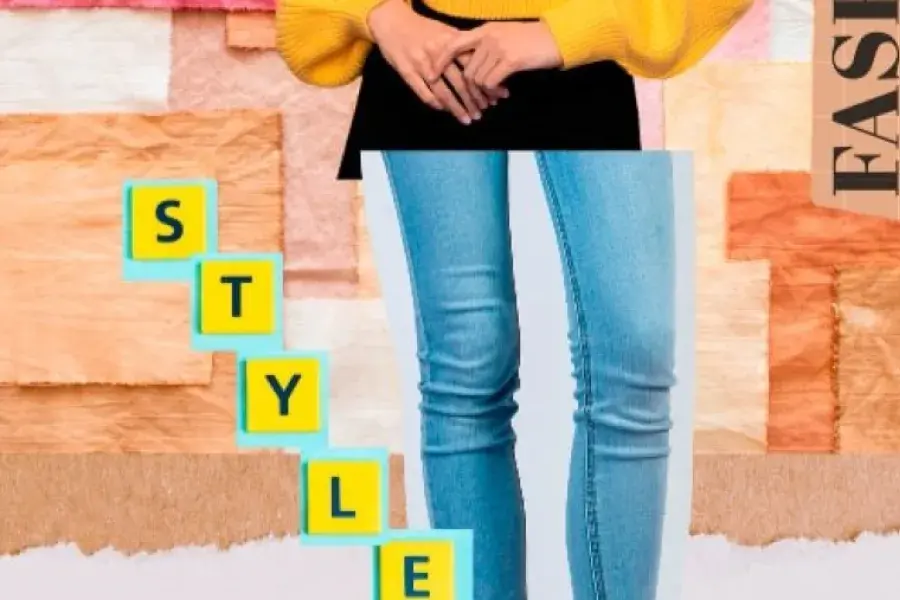Have Fun with Fashion: How to Help Your Autistic Teen Choose Clothes
As children grow into teenagers, a simple shopping trip to buy clothes can turn into a complex and frustrating experience. For parents of neurodivergent children, clothes shopping can be particularly fraught with challenges. From the overwhelming task of visiting stores, to navigating sensory sensitivities, and balancing practical choices with expressing their personal style.
With the falling temperatures calling for a warmer winter wardrobe, many of you may be planning to take a shopping trip over the half-term holiday. Our co-founder Sonay shares her top tips to improve this experience:
"As a mother of a teenage daughter with autism and an expert in supporting parents of neurodivergent children, I’ve lived this journey and have found ways to make it easier for both of us."
The Emotional Strain of Shopping
The overload of bright lights, crowded spaces, and loud music in stores can be overwhelming for teenagers with autism. Add to that the pressure of making quick decisions in fitting rooms, and it’s no surprise that shopping can become an exhausting ordeal.
My daughter would often shut down in these situations, making it difficult for me to understand her preferences. This left me guessing, and more often than not, I’d come home with clothes that missed the mark.
The Sensory Impact of Clothes
Autistic individuals who experience heightened sensory sensitivities can also be particularly affected by the feel, texture, and fit of clothing. What might seem like a soft sweater to you could feel overwhelmingly itchy to your child. They may find certain fabrics or tight-fitting clothes unbearable, which can lead to frustration or anxiety about clothing choices.
In my daughter’s case, she struggled to communicate her discomfort. She didn’t want to upset me when I bought her clothes, even when they didn’t suit her preferences. As a result, we faced frequent situations where she would reluctantly wear items she didn’t feel comfortable in, and I would only realise much later that returning them was no longer an option.
Finding a Solution: A Collaborative Approach
After many unsuccessful attempts, I decided to change my approach. Instead of relying on in-person shopping trips, I considered how I could empower my daughter to express her own style in a way that worked for both of us. I began by sending her pictures of clothes, hoping to get her feedback, but even this wasn’t always effective. It wasn’t until I stumbled upon the idea of having her create a mood board that things truly clicked.
I asked her to build a digital mood board with examples of outfits, colours, fabrics, and full looks she liked. This was a game changer. She loved the task and sent me a detailed board filled with images that reflected her unique style and preferences. By seeing exactly what she envisioned, I was finally able to make more informed purchases that suited her sensory needs and personal tastes.
Shopping without her in the chaotic store environment removed the stress for both of us. Most items I brought home were a hit, and if something didn’t work out, she now felt comfortable enough to tell me, allowing us to return it in time. This new system not only gave her control over her wardrobe but also gave her a way to express her identity through fashion.
My Top Tips for Parents
If you’re facing similar challenges when it comes to clothing choices for your autistic teenager, here are five suggestions that could help:
- Avoid Overloading Shopping Trips: The noise, lights, and crowds in stores can cause sensory overload. If in-person shopping is unavoidable, try to visit stores during quieter times or explore online shopping as a less stressful alternative.
- Understand Sensory Preferences: Spend time discussing what fabrics and fits feel comfortable to your child. Some children may prefer soft, seamless clothing or loose-fitting garments to avoid discomfort.
- Use Visual Tools: Digital mood boards, as we discovered, can be a fun and effective way for your child to express their preferences. Apps like Pinterest or Canva allow teens to explore different styles and save outfits they like.
- Open Communication: Encourage your child to feel comfortable expressing their dislikes. Reassure them that it’s okay if something doesn’t work out, and that returning items is part of the process. This can help reduce the anxiety of making choices.
- Take the Pressure Off: If the act of trying on clothes is stressful, consider buying clothes to try on at home where your child feels more relaxed. Return policies can give you the flexibility to test out new items without the pressure of making a decision in-store.
The Importance of Self-Expression Through Fashion
Fashion can be a powerful tool for self-expression, especially for teenagers who are discovering their identity. By helping your autistic child navigate the world of clothing in a way that suits their needs, you give them the opportunity to enjoy the same sense of individuality that fashion brings to all teens. As we’ve found, it’s possible to turn the challenges of clothes shopping into a more positive experience with a little creativity and patience.
For more resources on supporting autistic teens with sensory issues and self-expression, visit these links:
- National Autistic Society: Sensory Differences
- The Art of Autism: Fashion and Autism
By meeting our teens where they are, and finding ways to support them in their journey to independence, we can make daily tasks like clothes shopping a little easier – and a lot more fun.
Credit: Image by Freepik




